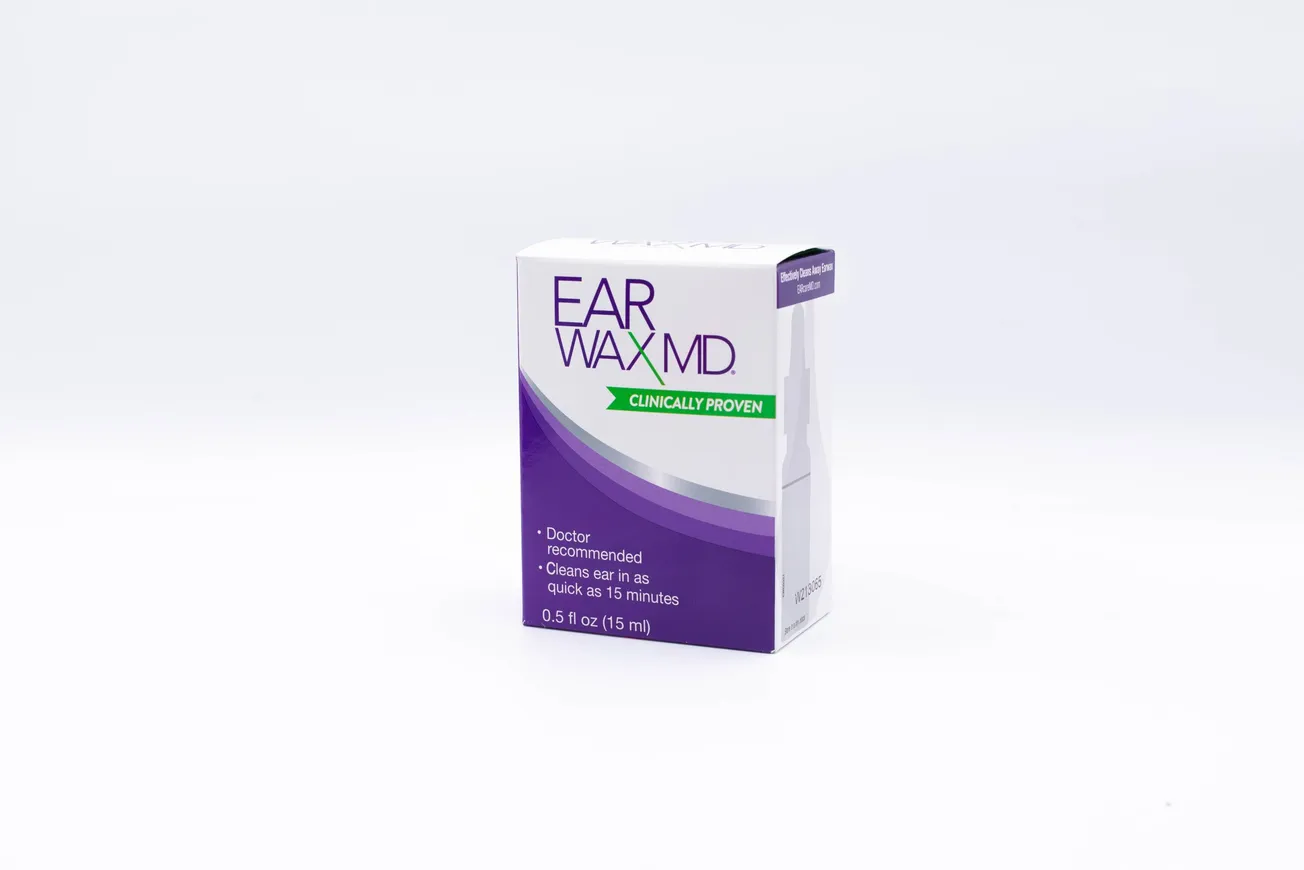Several recent reports help illuminate the state of the nation’s health care reform efforts by examining progress under major aspects of the Affordable Care Act.

President Obama signed the legislation into law in March 2010 with three overarching objectives — establishing new protections for health care consumers, enhancing access to care, and improving quality while lowering costs.
Although the ACA remains controversial among politicians and members of the public alike, the law’s consumer protection provisions are very popular.
With the advent of Obamacare, insurance companies are no longer able to deny coverage to individuals with preexisting conditions, parents are allowed to keep children on their insurance plan until the age of 26, some important preventive care services are mandated, and the right to appeal an insurer’s decision to deny payment for care is guaranteed.
It’s unlikely that those provisions will be overturned no matter which party wins the White House and control of the House and Senate in November.

Substantial progress has been made in extending health insurance coverage to more Americans. The Department of Health and Human Services in March reported that some 20 million people have obtained health insurance coverage since the ACA was enacted.
“We have seen progress in the last six years that the country has sought for generations,” HHS Secretary Sylvia Burwell said at the time. “Americans with insurance through the health insurance marketplace or through their employers have benefited from better coverage and a reduction in the growth in health care costs.”
A new study by the Commonwealth Fund bears out the assertion that Obamacare has succeeded in giving more people access to health care. Sixty-one percent of individuals surveyed who obtained coverage through the marketplace or Medicaid indicated that prior to the health care reform law they were shut out of the system. Moreover, 82% of respondents said they are somewhat or very satisfied with the services they are receiving under the ACA.
Those findings are impressive, but the report shows the job of expanding access to all Americans is far from done. Although the study concluded that the uninsured rate is down significantly from 2013 and 2014, 12.7% of working-age adults still don’t have coverage, an unacceptably high level for an advanced economy in the 21st century.
A more difficult problem than expanding access is the enormous scale of health care expenditures. The annual cost of care for a typical family of four in the United States is now $25,826, according to the 2016 Milliman Medical Index. That figure — the result of an actuarial analysis of projected expenditures for families covered by an employer-sponsored preferred provider organization — was more than three times higher than it was in 2001.
Prescription medication expenditures are the most rapidly growing part of the index, rising 9.1% from 2015 to 2016. Although they account for almost 17% of the total, those costs remain substantially less than inpatient care and professional services, and somewhat smaller than outpatient care.
On the plus side of the ledger, the 4.7% cost increase in the new Milliman Medical Index is the lowest ever recorded. Still, crossing the $25,000 per family threshold should be a red flag, highlighting the ACA’s biggest shortcoming.
While it’s true that health care expenditures have been rising more slowly in recent years than in the past two decades, the current increases are significantly higher than economic growth.
Spiraling health care costs continue to threaten the nation’s long-term economic viability, albeit at a more moderate pace. The sector now accounts for almost 18% of GDP. That figure cannot be allowed to get too much larger without crippling the nation’s ability to address such other pressing issues as infrastructure, education and climate change.
Six years after the ACA’s enactment, it is clear that the legislation is only a partial success, and that finding new ways to contain the escalating cost of health care should be an urgent priority for the next administration.







